Description
The instruction for medical use of RODINIR medicine the Trade name Rodinir Mezhdunarodnoye the unlicensed name Tsefdinir Lekarstvennaya a form of the Capsule of 300 mg Structure One capsule contains active agent – tsefdinir (form A) of 300 mg, excipients: calcium of a karmelloz of 50 mg, dioxide of colloidal anhydrous 1.0 mg, magnesium stearate of 3.6 mg, structure of the capsule, as a percentage polioksit the 40th stearate of 5.4 mg, silicon: gland (III) oxide black (E172), titan dioxide (E171), gelatin. Description Solid gelatin capsules, size No. 1, body gray, lid of black color. Contents of capsules – powder from almost white till white color. Pharmacotherapeutic group Antimicrobial drugs for system use. A beta – laktamny antibacterial drugs other. Cephalosporins of the third generation. Tsefdinir ATX J01DD15 Code Pharmacological Pharmacokinetics Absorption properties: the maximum plasma concentration of a tsefdinir are reached in 2-4 hours after intake. The bioavailability at a single dose of 300 mg is 21%, at a dose of 600 mg – 16%. The maximum concentration (Cmax) and AUC decrease by 16% and 10% respectively at consumption of greasy food. Averages (±СО) values of pharmacokinetic parameters in plasma after reception of capsules of a tsefdinir at adults are given in the table: Dose of Cmax (mkg/ml) of tmax (ch) AUC (mkg · h/ml) 300 mg of 1.60 (0.55) 2.9 (0.89) 7.05 (2.17) 600 mg 2.87 (1.01) 3.0 (0.66) 11.1 (3.87) Distribution: the average volume of distribution of a tsefdinir at adults is 0.35 l/kg, at children (aged from 6 months up to 12 years) – 0.67 l/kg. Drug is distributed in liquid of a skin bubble, liquid of a middle ear, tonsil, sinus bosoms, a mucous membrane of bronchial tubes, pulmonary fabric in concentration of 15-48% of level in plasma. Tsefdinir for 60-70% contacts proteins of plasma, binding does not depend on concentration of drug. Metabolism and removal: tsefdinir is not exposed to significant metabolism, it is removed mainly by kidneys. Average plasma elimination half-life makes 1.7-1.8 hours. Renal clearance – 2.0 ml/min. The clearance after intake of doses of 300 mg and 600 mg is 11.6 ml/min. and 15.5 ml/min. respectively, with urine in not changed look 18.4% and 11.6% respectively are removed. The pharmacodynamics Tsefdinir – a semi-synthetic β-laktamny antibiotic, shows bactericidal action due to oppression of synthesis of a cell wall of bacteria. Drug affects many microorganisms producing β-lactamelements and resistant to penicillin and other cephalosporins, but can be hydrolyzed defined plasmids – the mediated β-lactamelements of a broad spectrum of activity. Tsefdinir is active concerning the majority of strains of the following microorganisms as in vitro, and in clinical practice: – aerobic gram-positive microorganisms: Staphylococcus aureus (including the strains producing β-lactamazu), Streptococcus pneumoniae (only the strains sensitive to penicillin), Streptococcus pyogenes, – aerobic gram-negative microorganisms: Haemophilus influenzae (including the strains producing β-lactamazu), Haemophilus parainfluenzae (including the strains producing β-lactamazu), Moraxella catarrhalis (including the strains producing β-lactamazu). Tsefdinir is inactive concerning Pseudomonas aeruginosa, Enterobacter spp., Enterococcus spp. and resistant to Staphylococcus spp Methicillinum. Indications Infectious and inflammatory diseases from easy to moderate severity, caused by microorganisms, sensitive to drug: – infections of ENT organs: acute sinusitis, acute average otitis, pharyngitis, tonsillitis – lower respiratory tract infections: exacerbation of chronic bronchitis, community-acquired pneumonia – uncomplicated infections of skin and soft tissues. Rodinir capsules accept a route of administration and doses inside 1-2 times a day irrespective of meal. Doses are defined by character and weight of an infection and also sensitivity of the expected activator. To adults and children 13 years for treatment are more senior the following mode of drug dosing is recommended: – pharyngitis, tonsillitis, exacerbation of chronic bronchitis: on 300 mg each 12 hours within 5-10 days or 600 mg once a day within 10 days, – acute sinusitis: on 300 mg each 12 hours or 600 mg once a day within 10 days, – community-acquired pneumonia, uncomplicated infections of skin and soft tissues: on 300 mg each 12 hours within 10 days. To children from 6 to 12 years drug is appointed in the following doses: – acute average otitis, pharyngitis, tonsillitis: on 7 mg/kg each 12 hours within 5-10 days or 14 mg/kg once a day within 10 days, – acute sinusitis: on 7 mg/kg each 12 hours or 14 mg/kg once a day within 10 days, – uncomplicated infections of skin and soft tissues: on 7 mg/kg each 12 hours within 10 days. It is preferable to children to appoint drug in the form of suspension. Dosing in a renal failure (at clearance of creatinine less than 30 ml/min.): Adults: on 300 mg once a day. Children from 6 to 12 years: on 7 mg/kg once a day (up to 300 mg/days). At a hemodialysis the recommended initial dose – 300 mg (or 7 mg/kg for children from 6 months to 12 years) each 48 hours. In completion of each session of a hemodialysis it is necessary to accept 300 mg (or 7 mg/kg for children from 6 to 12 years). The subsequent doses of 300 mg (or 7 mg/kg for children from 6 to 12 years) are accepted each 48 hours. Side effects For the description of frequency of undesirable reactions the following classification is used: very frequent (≥1/10), frequent (≥1/100 and & lt, 1/10), infrequent (≥1/1000 and & lt, 1/100), rare (≥1/10000 and & lt, 1/1000) and very rare (& lt, 1/10000), including isolated cases. Often (more than 1%) – nausea, an abdominal pain, diarrhea – a headache Sometimes – nausea, diarrhea – a headache – urticaria, a multiformny exudative erythema (including Stephen-Johnson’s syndrome), a Quincke’s disease, an itching, a toxic epidermal necrolysis (Lyell’s disease), an acute anaphylaxis – an anaphylaxis, a bronchospasm, short wind, skin rash, – a photosensitization – aplastic anemia, a pancytopenia, a leukopenia, thrombocytopenia, a neutropenia and an agranulocytosis – increase in a prothrombin time and RTT, hemolytic anemia and internal bleeding, positive direct test of Koombs – a renal failure, a toxic nephropathy, an acute renal failure, interstitial nephrite, a glucosuria, a ketonuria – superinfection Seldom – dyspepsia, gastritis, vomiting, an abdominal pain, increase in activity of nuclear heating plant, ALT and LDG – dizziness is Very rare – Contraindication spasms – hypersensitivity to components of drug or to other antibiotics of a class of cephalosporins. – individual intolerance of antibiotics of tsefalosporinovy group – nonspecific ulcer colitis – children’s age up to 6 years (at children under 6 years it is recommended to use drug in the form of suspension). Medicinal interactions Rodinir’s Action considerably decreases at simultaneous use about magnesium – or aluminum-bearing antiacid means and also with ferriferous drugs. Rodinir it is necessary to accept in 2 hours prior to or in 2 hours after reception of the antacids or drugs containing iron. As well as at use of other β-laktamny antibiotics, probenetsid inhibits renal removal of a tsefdinir therefore the peak level of concentration of a tsefdinir in plasma increases. Special instructions before therapy by the drug Rodinir at patients it is necessary to conduct a careful research of presence of hypersensitivity to a tsefpodoksim, other cephalosporins, penicillin or other medicines. It is necessary to show extra care when prescribing drug to patients with hypersensitivity to penicillinic antibiotics, owing ment of cross allergic reaction between a beta – laktamny antibiotics. At emergence of allergic reaction, it is necessary to stop administration of drug. Serious hypersensitivity reactions to drug can demand therapy by epinephrine and other emergency actions, including oxygenation, intravenous administration of liquid, antihistaminic drugs, and ventilating therapy according to clinical indications. At long administration of drug the disturbance of normal intestinal microflora is possible that can lead to excess reproduction of Clostridium difficile and development of pseudomembranous colitis. At emergence of easy forms the antibiotic – the associated diarrhea, as a rule, is enough to stop administration of drug. At severe forms the corrective treatment is recommended (for example, prescribing of Vancomycinum inside on 250 mg 4 times a day). It is necessary to consider a possibility of development of pseudomembranous colitis at intake of any antibacterial agent of a broad spectrum of activity. During treatment the antibiotics of a tsefalosporinovy row described false positive result of the direct test of Koombs, in this regard it is necessary to consider that the positive take of the test of Koombs can be caused by use of this drug. As well as when using other cephalosporins, at some patients the increase in a prothrombin time was observed. In this regard at the patients receiving therapy by anticoagulants it is necessary to be careful. As well as when assigning other antibiotics of a broad spectrum of activity, long-term treatment can cause emergence and excess growth of steady microorganisms. If during treatment the fungal or bacterial superinfection develops, appoint the corresponding alternative treatment. Cephalosporins in rare instances can reduce prothrombin activity that leads to increase in a prothrombin time. In pediatrics At children under 6 years Rodinir in the form of suspension is recommended to apply use. Pregnancy and the period of a lactation Use of drug at pregnancy is possible only when the expected advantage for mother exceeds potential risk for a fruit. In need of use of the drug Rodinir in the period of a lactation the breastfeeding should be stopped temporarily. The feature of influence of medicine on ability to run the vehicle or potentially dangerous mechanisms during treatment needs to be careful during the driving of motor transport and occupation other potentially dangerous types of activity demanding the increased concentration of attention and speed of psychomotor reactions. The overdose Is not present information on overdose of a tsefdinir. Symptoms: nausea, vomiting, pains in epigastriums, diarrhea and spasms. Treatment: carry out symptomatic therapy. In case of development of serious toxic reaction as a result of overdose by drug, removal of a tsefdinir from an organism is usually carried out by means of a hemodialysis or peritoneal dialysis, especially when the renal system is subject to risk. A form of release and packing On 10 capsules in blister strip packaging from a film of polyvinylchloride and aluminum foil. On 1 or 2 blister strip packagings together with the instruction for medical use in the state and Russian languages put in a pack from cardboard. To Store storage conditions at a temperature not above 25ºС. To store out of children’s reach! 3 years not to apply a period of storage after an expiration date. Prescription status According to the prescription the Owner of a trademark and the certificate of registration is the “ROTAFARM ILACHLARY LIMITED of SHIRKETI” company, TURKEY (“ROTAPHARM İLAÇLARI LİMİTED ŞİRKETİ”, TURKEY). Producer/packer “FarmaVizhn Sanayi ve A.Sh. Tidzharet”, Turkey (Davutpasha Dzhaddesi No. 145, Topkapy, Istanbul) “PharmaVision Sanayi ve Ticaret A.Ş.”, Turkey (Davutpaşa Caddesi No. 145, Topkapı, İstanbul). The owner of the registration certificate of “ROTAFARM ILACHLARY LIMITED of SHIRKETI”, TURKEY the Address of the organization accepting in the territory of the Republic of Kazakhstan claims from consumers on quality of products of RK, Almaty, Troka-S Pharma LLP, Turksibsky district, the ave.Suyunby, 222b Ph. / fax: 8 (7272) 529090 Address of the organization responsible for post-registration observation of safety of medicine of TROKA-S PHARMA LLP, Almaty, Suyunbaya Avenue 222-b Cellular ph. +7 701 786 33 98, (24-hour access). e-mail:
pvpharma@worldmedicine.kz
Additional information
| Ingredient |
|---|





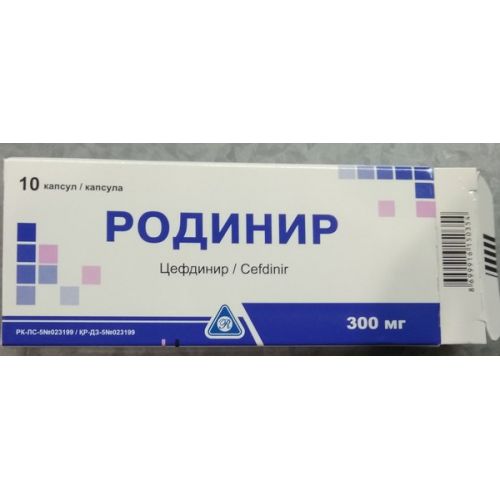
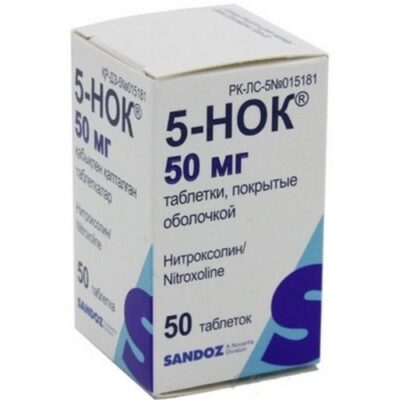
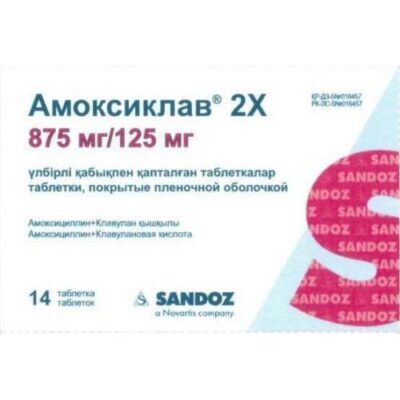

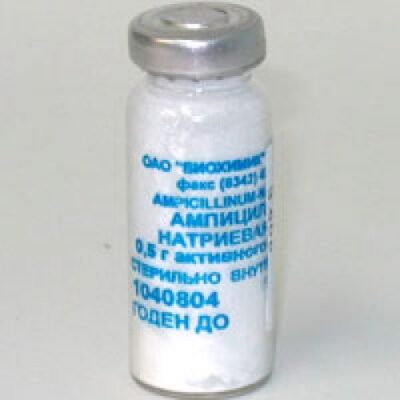
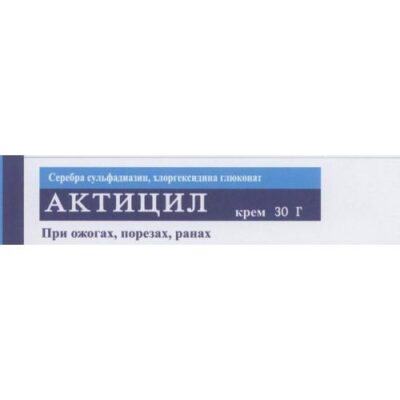
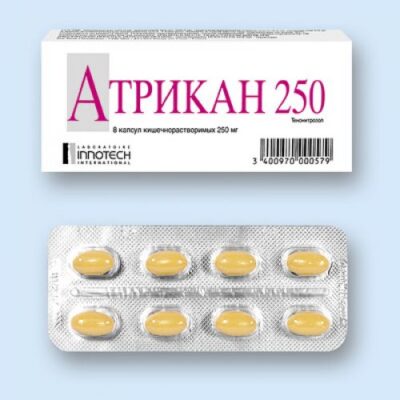
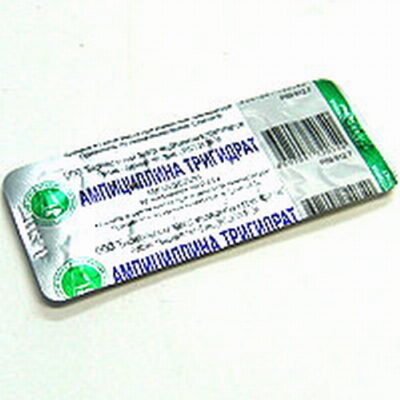
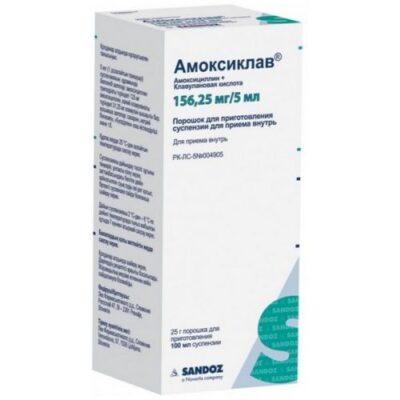
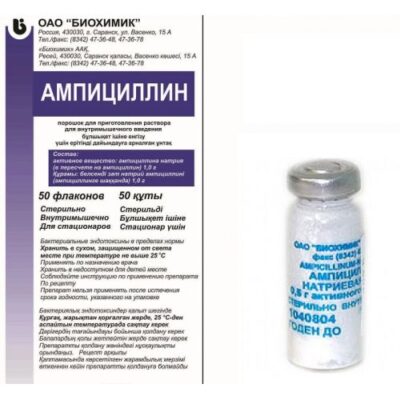
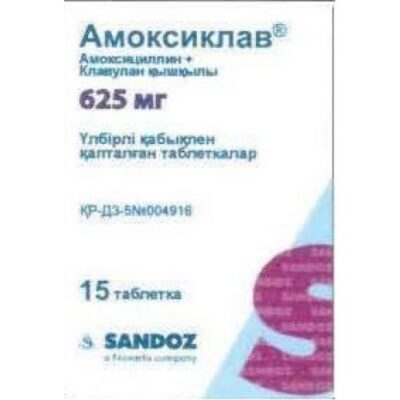






Reviews
There are no reviews yet.